Babies born through 'groundbreaking' procedure using DNA of 3 people


Multiple babies were born in the U.K. using a "groundbreaking IVF procedure" that combined the DNA of three people, The Guardian reports.
The procedure, called mitochondrial donation treatment (MDT), can be used to prevent a number of diseases. In MDT, scientists use "tissue from the eggs of healthy female donors to create IVF embryos that are free from harmful mutations their mothers carry and are likely to pass on to their children." The new embryos contain less than one percent of the donor's DNA, per The Associated Press. The first successful birth using the treatment occurred back in 2016.
"Mitochondrial donation treatment offers families with severe inherited mitochondrial illness the possibility of a healthy child," The Human Fertilization and Embryology Authority, the U.K.'s fertility regulator, said in a statement. Mitochondrial disorders can impact the brain, muscles, liver, and heart because the body isn't being properly fueled, and can lead to death just a few hours after birth. Even with the treatment, however, there is a risk of "reversion," BBC notes, which is when "any defective mitochondria that are carried over could gain in number and still result in disease."
The Week
Escape your echo chamber. Get the facts behind the news, plus analysis from multiple perspectives.

Sign up for The Week's Free Newsletters
From our morning news briefing to a weekly Good News Newsletter, get the best of The Week delivered directly to your inbox.
From our morning news briefing to a weekly Good News Newsletter, get the best of The Week delivered directly to your inbox.
"It will be interesting to know how well the (mitochondrial donation) technique worked at a practical level, whether the babies are free of mitochondrial disease and whether there is any risk of them developing problems later in life," commented Robin Lovell-Badge, a stem cell expert at the Francis Crick Institute.
Despite its success, some are concerned about the technique because of the potential for reversion. "These mitochondrial diseases have devastating consequences," said Björn Heindryckx at Ghent University in Belgium. "We should not continue with this." Others fear the procedure starts down a "slippery slope" whereby parents could use it "to have taller, stronger, smarter, or better-looking children," per AP.
"So far, the clinical experience with [MDT] has been encouraging, but the number of reported cases is far too small to draw any definitive conclusions about the safety or efficacy," Dagan Wells, a professor of reproductive genetics at the University of Oxford, told The Guardian.
A free daily email with the biggest news stories of the day – and the best features from TheWeek.com
Devika Rao has worked as a staff writer at The Week since 2022, covering science, the environment, climate and business. She previously worked as a policy associate for a nonprofit organization advocating for environmental action from a business perspective.
-
 Women carrying Christmas
Women carrying ChristmasTalking Point As the Christmas frenzy ramps up, many mums feel the pressure of ‘keeping the whole sleigh on the road’
-
 Is Keir Starmer being hoodwinked by China?
Is Keir Starmer being hoodwinked by China?Today's Big Question PM’s attempt to separate politics and security from trade and business is ‘naïve’
-
 A peek inside Europe’s luxury new sleeper bus
A peek inside Europe’s luxury new sleeper busThe Week Recommends Overnight service with stops across Switzerland and the Netherlands promises a comfortable no-fly adventure
-
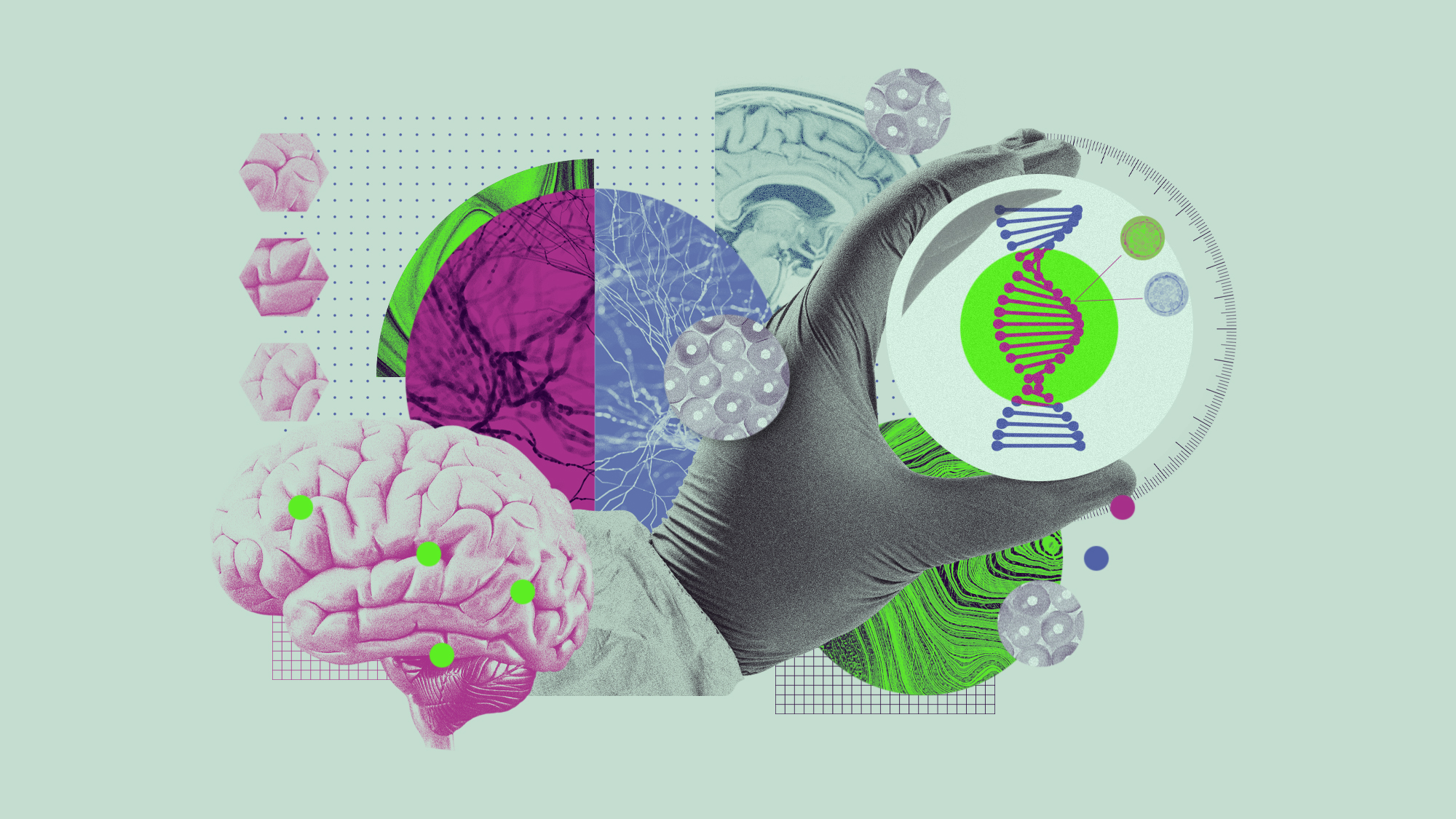 5 recent breakthroughs in biology
5 recent breakthroughs in biologyIn depth From ancient bacteria, to modern cures, to future research
-
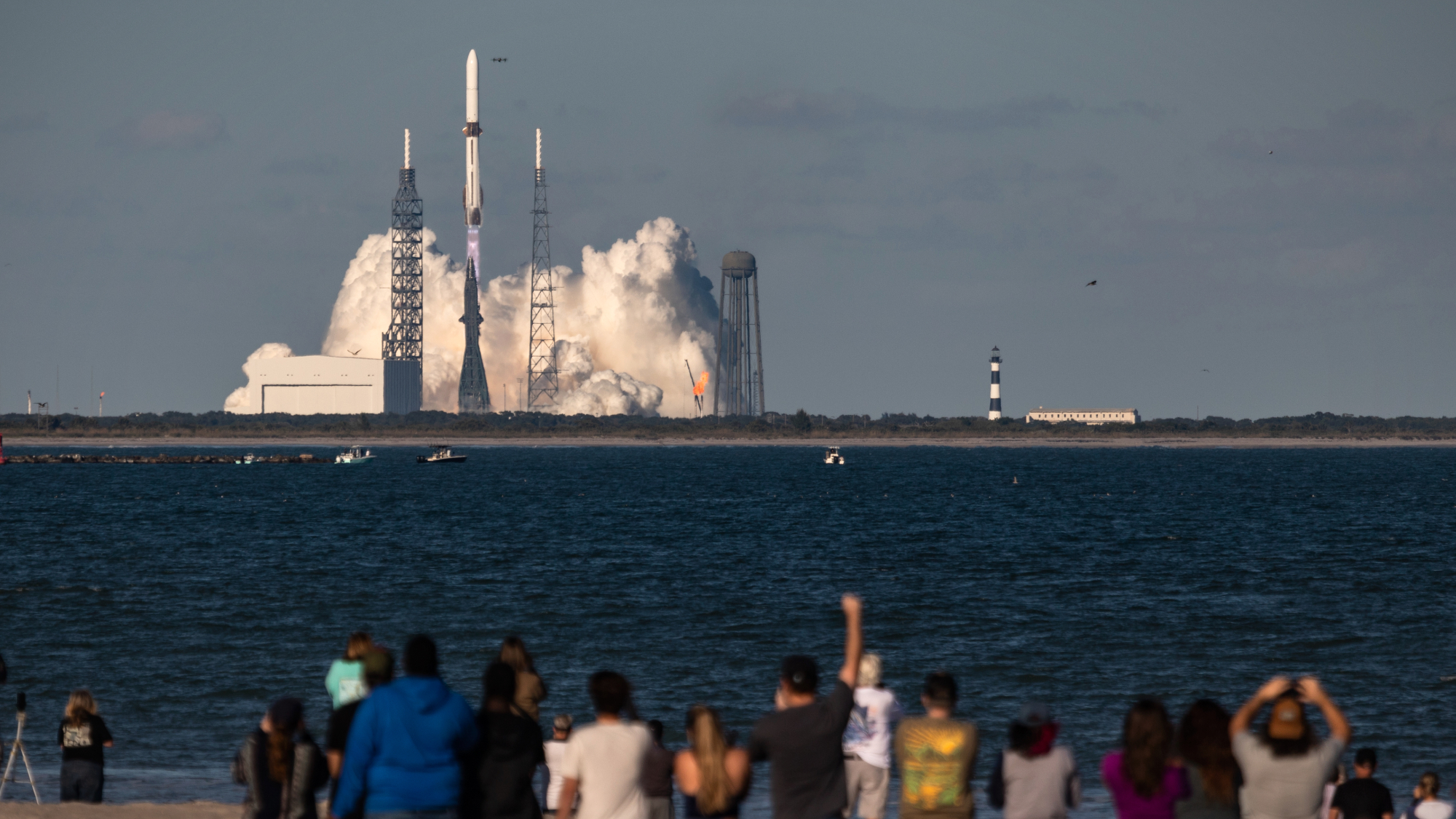 Blue Origin launches Mars probes in NASA debut
Blue Origin launches Mars probes in NASA debutSpeed Read The New Glenn rocket is carrying small twin spacecraft toward Mars as part of NASA’s Escapade mission
-
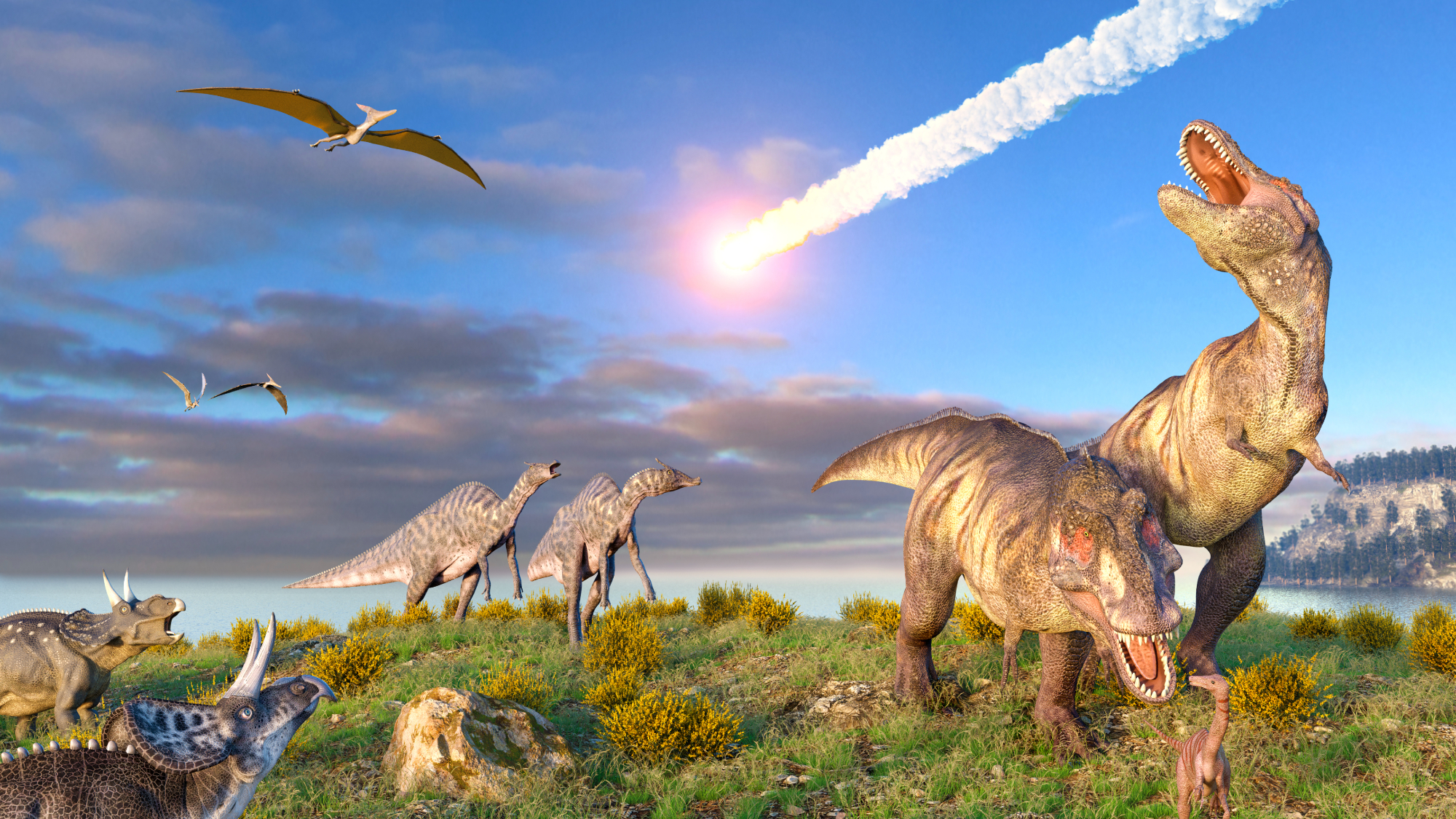 Dinosaurs were thriving before asteroid, study finds
Dinosaurs were thriving before asteroid, study findsSpeed Read The dinosaurs would not have gone extinct if not for the asteroid
-
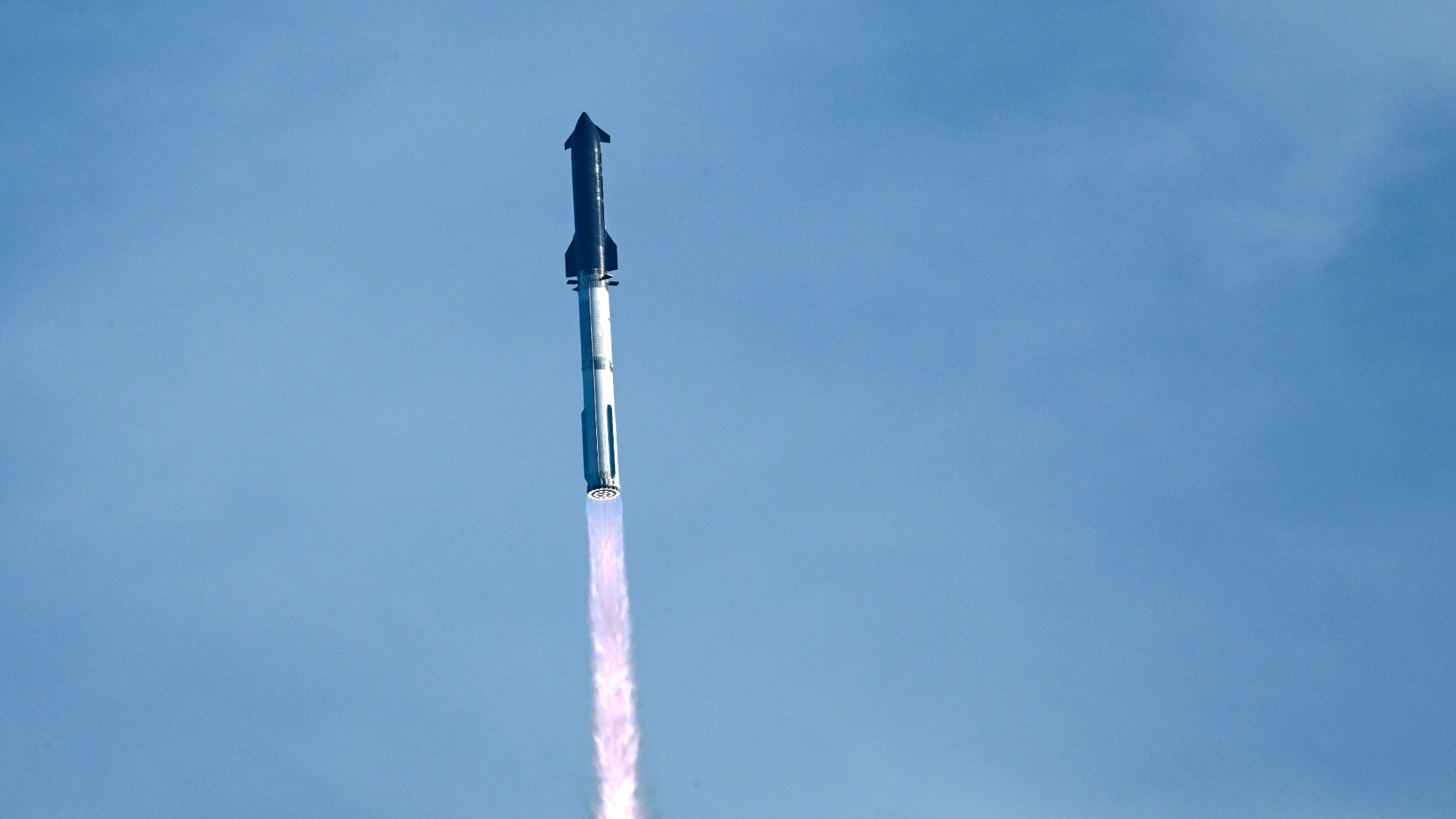 SpaceX breaks Starship losing streak in 10th test
SpaceX breaks Starship losing streak in 10th testspeed read The Starship rocket's test flight was largely successful, deploying eight dummy satellites during its hour in space
-
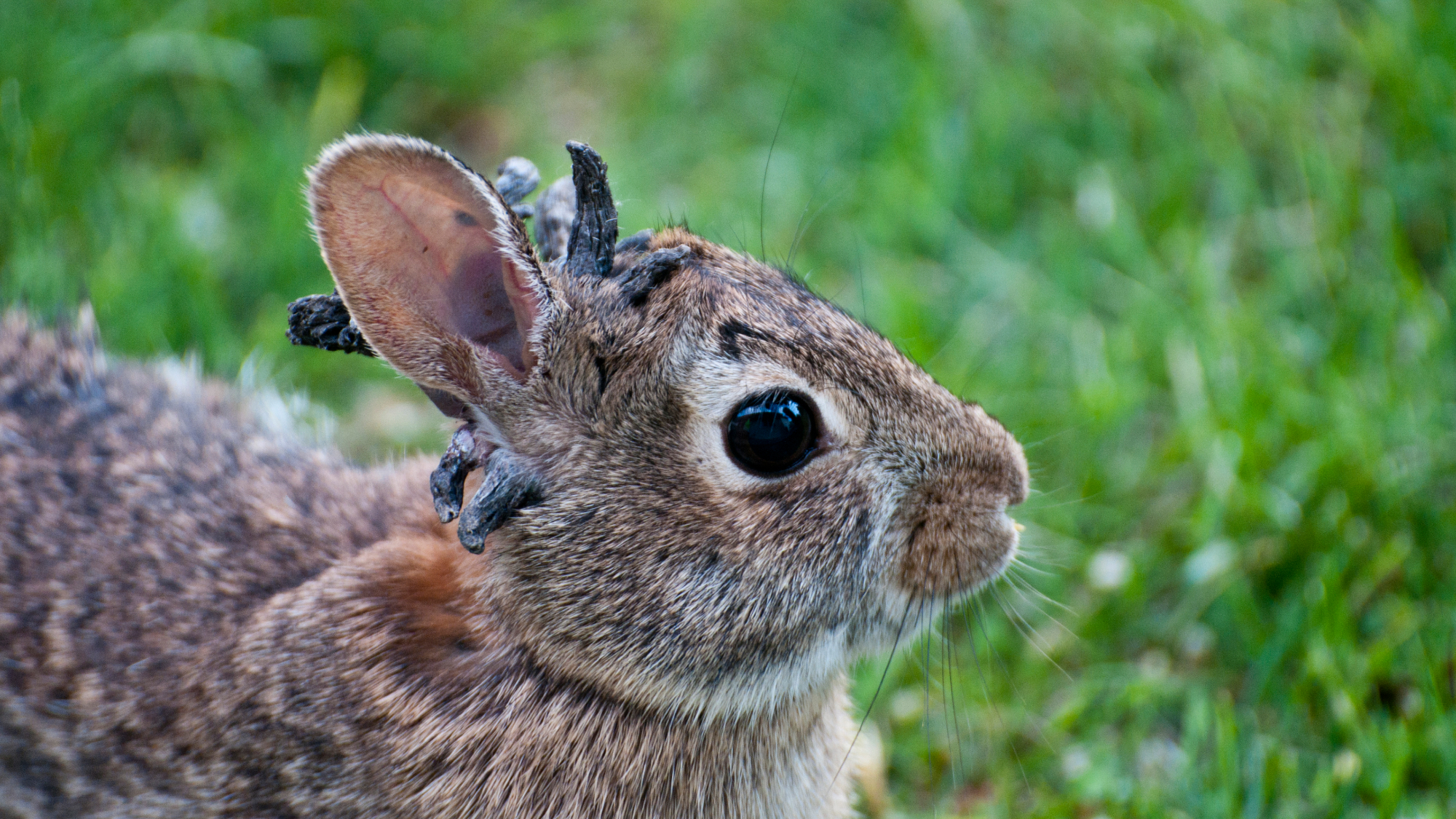 Rabbits with 'horns' sighted across Colorado
Rabbits with 'horns' sighted across Coloradospeed read These creatures are infected with the 'mostly harmless' Shope papilloma virus
-
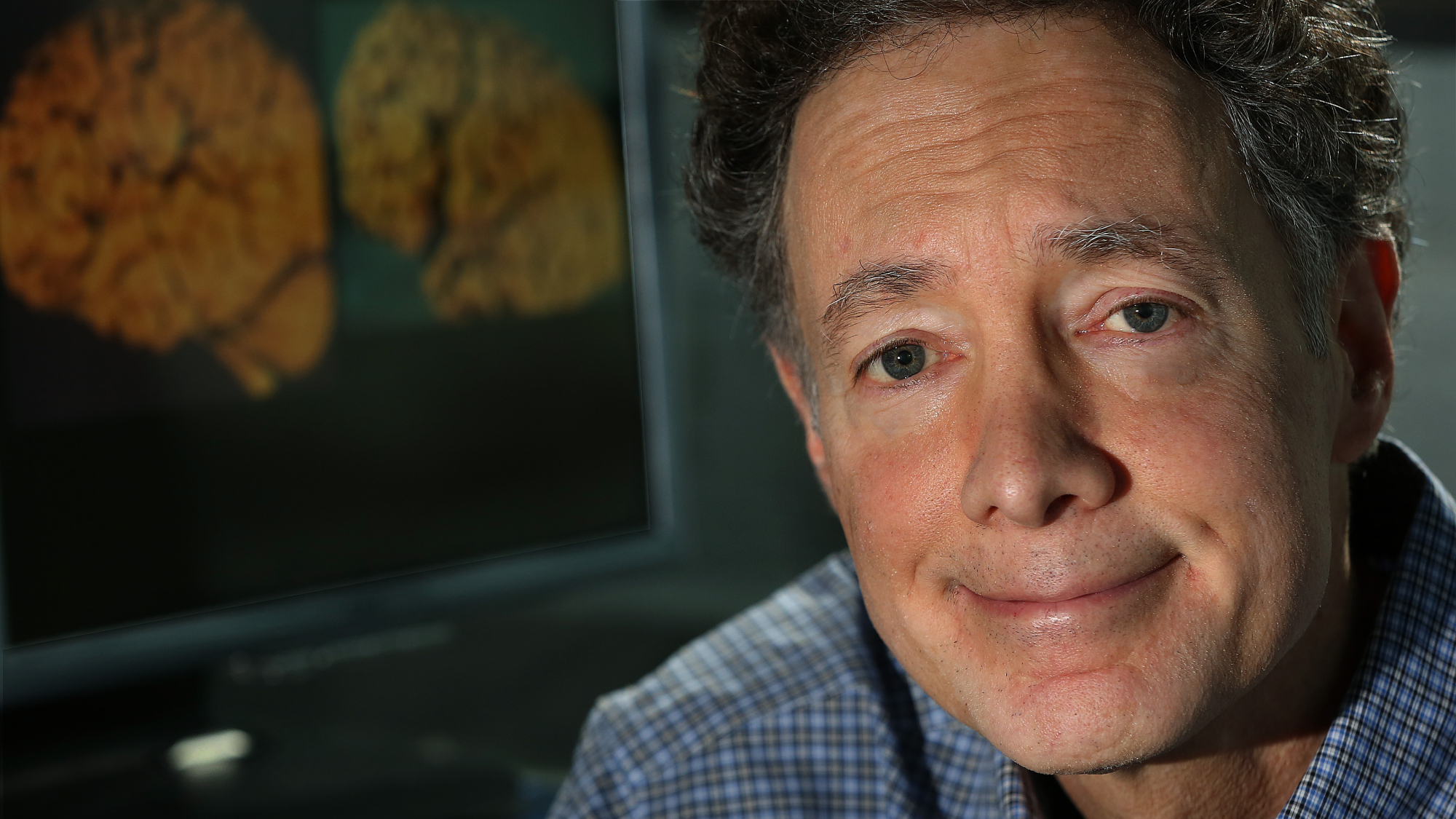 Lithium shows promise in Alzheimer's study
Lithium shows promise in Alzheimer's studySpeed Read Potential new treatments could use small amounts of the common metal
-
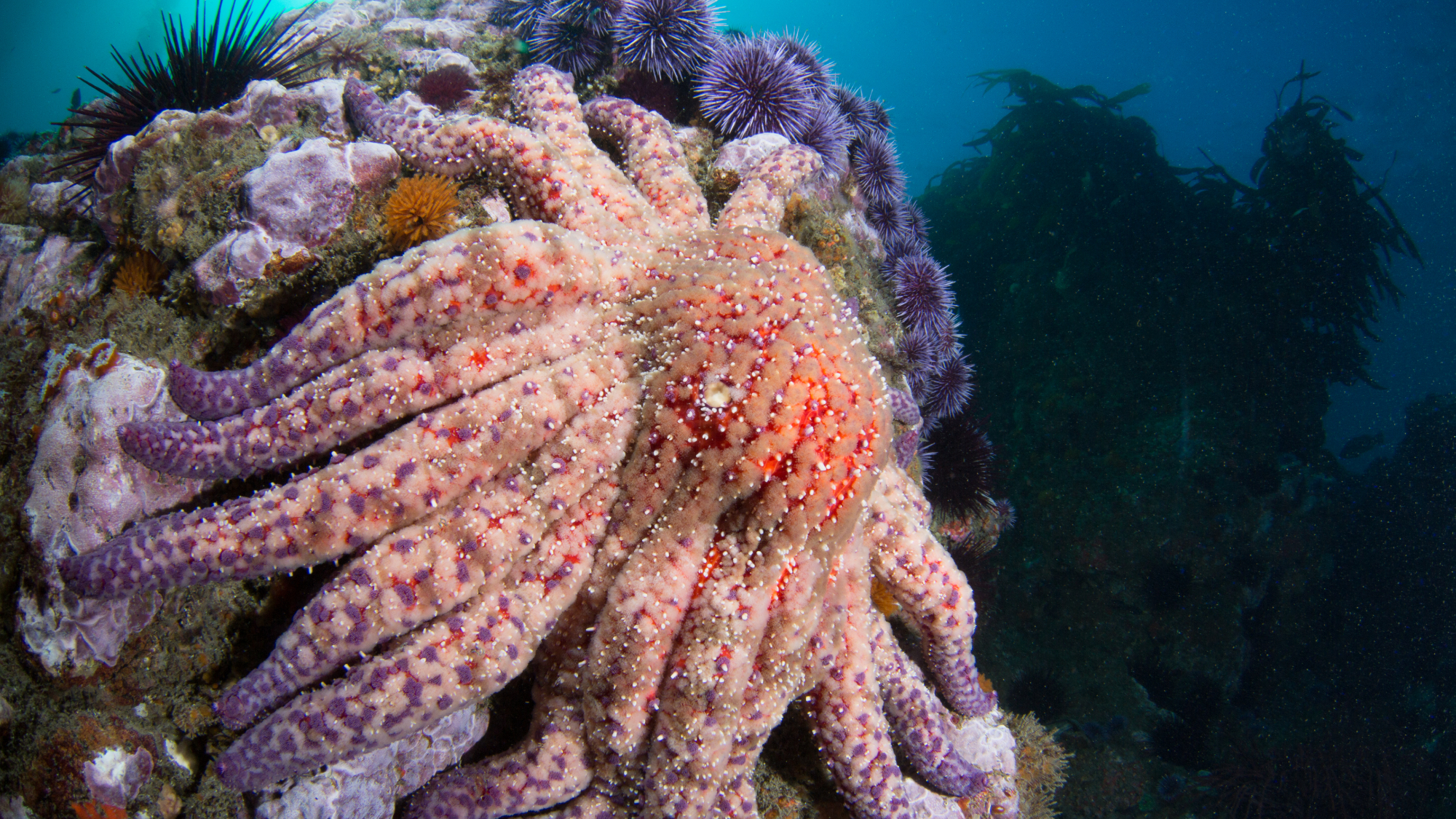 Scientists discover cause of massive sea star die-off
Scientists discover cause of massive sea star die-offSpeed Read A bacteria related to cholera has been found responsible for the deaths of more than 5 billion sea stars
-
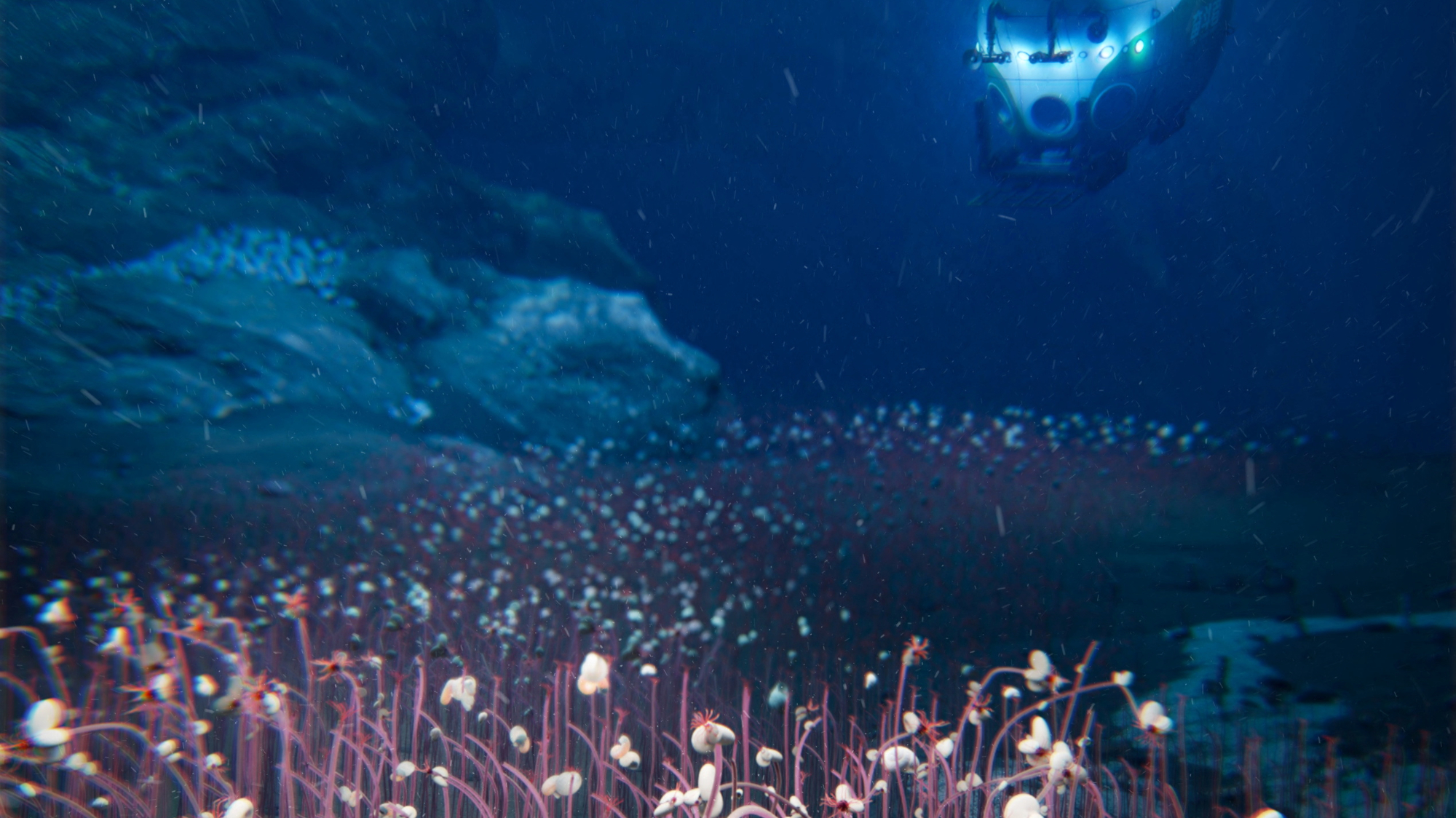 'Thriving' ecosystem found 30,000 feet undersea
'Thriving' ecosystem found 30,000 feet underseaSpeed Read Researchers discovered communities of creatures living in frigid, pitch-black waters under high pressure
